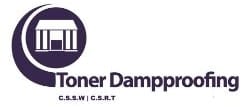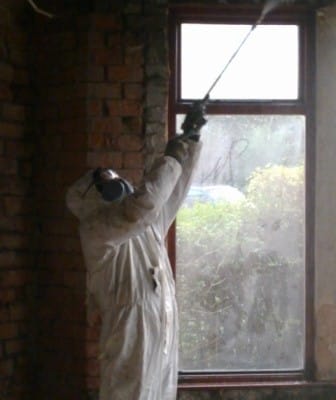Dry Rot
Damp Proofing Northern Ireland | Dry Rot Treatments | Damp Timber Survey Reports | Woodworm Treatments | CSRT | CSSW Qualified Surveyor
DRY ROT Serpula lacrymans
Dry rot and can affect buildings of all ages and if decay is discovered it should be identified and remedial action was taken without delay.
Fungal decay occurs in timber which becomes wet for some time and is the result of the attack by one of a number of wood-destroying fungi. The most well known are Serpula lacrymans the True dry rot fungus
Dry Rot (Serpula lacrymans) and is the most serious form of fungal decay in a building. It can spread onto and destroy much of the timber.
Fungal decay always arises because the wood has become wet, usually, timbers will be in excess of 20 per cent moisture content. Finding the source of dampness and eliminating the ingress of moisture and promoting drying is always necessary.
The main differences between dry rot and wet rot are the degree of development of mycelium on the wood surface and the ability of the fungus to spread into other timbers via adjacent masonry. It is important that the two types of decay be distinguished since they require different treatment.
Dry Rot
Serpula lacrymans develops extensively on the surface of infected timber and in still, humid conditions produce a mass of cotton wool-like growth. Water droplets are often produced on the surface of the mycelium.
Mycelium spreads over the timber surface by the continued growth and branching of the delicate hyphal threads growing with time. Specialised strands develop within the mycelium and these supply water and nutrients to the growing Fruiting Bodies. The strands assume their real significance when the fungus spreads from infected timber onto the surface of adjacent stone or brick walls. The tiny hyphal threads penetrate the mortar joints and plaster layers and large areas of the damp wall can then become infected.
Identification and Treatment
As we have shown it is very important that the type and cause of the fungal decay are correctly identified before any corrective action can be considered. It is for these reasons that it is important that a detailed diagnostic inspection is carried out by a competent specialist. This inspection should be followed by the submission of a report that details both the cause of the decay and the proposed remedial action. Although very serious it can be treated.




